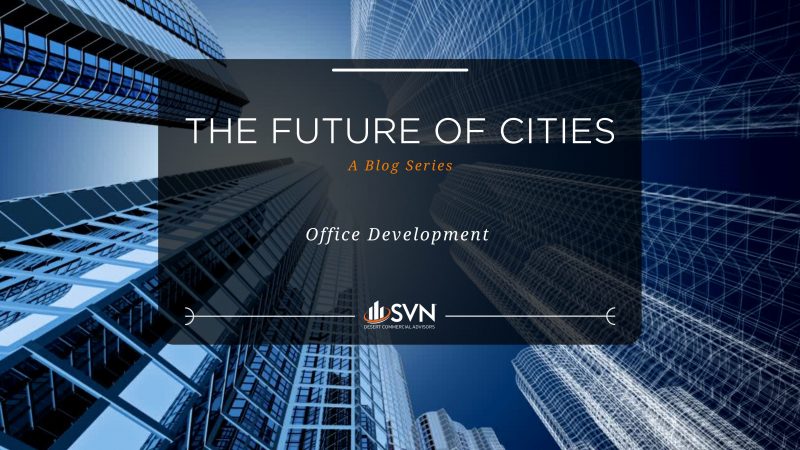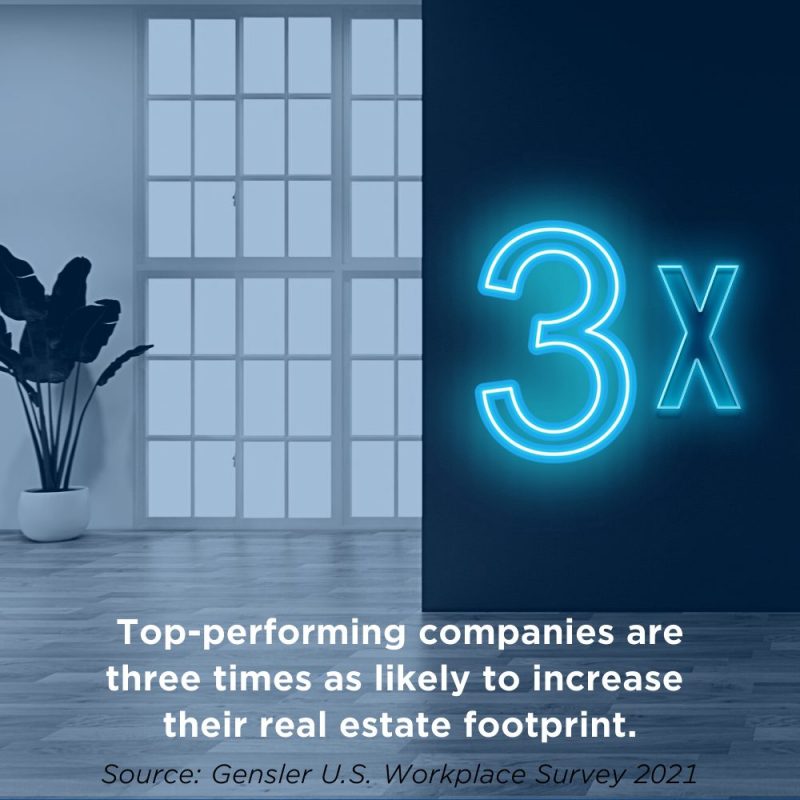The Future Of Cities Series: Office Development
“As the role of the workplace evolves, new office buildings must provide workers with meaningful, immersive experiences that they cannot get while working at home or in older office buildings. How a building supports company culture, promotes wellness, and connects with the local community are the new drivers for great design and the new benchmarks for tenants.” – Gensler
The office climate is changing and it is evident how important the role of the office is in talent recruiting, employee retention and engagement, and the overall culture. According to Gensler research, these are the current trends;
- Due to the ever-changing markets, office buildings must be highly adaptable and multi-use in order to appeal to a larger demographic. Spaces with built-in flexibility allow for a larger range of tenants, decreasing the number of empty office spaces.
- Tenants are desiring more common spaces to encourage collaboration. Not only in office suites but in entire buildings, open stairways, lounges, and “activated lobbies” facilitate socialization in and between offices. In addition to inside community spaces, on-site public gardens or outdoor “cafeterias” are growing in popularity. BISNOW author Miriam Hall comments, “As many workers continue to bristle against return-to-office mandates, landlords are turning to costly amenity upgrades in an attempt to help lure people back to their buildings.”
- “ESG, wellness, and biophilia will attract tenants.” Creating green spaces that promote health and wellness such as landscaped decks and outdoor areas, windows for fresh air, and open stairways. Not only do these design elements help bring in tenants they also can increase the value of buildings and “help developers position their projects as ESG investments.”
- The hybrid work lifestyle will continue to affect how buildings are designed and repositioned. “This non-traditional design outlook trends toward the efficiency, convenience, and sustainability of the “20-minute neighborhood.”
The drivers pushing these trends forward are office building repositioning, landlord services, and building conversion strategies. In repositioning office space, the CRE industry is seeing the conversion of office and retail spaces into medical offices.
Want to learn more? Catch the next blog in the series, The Future Of Cities Series: Office Property Conversion.
——-
Sources
https://www.gensler.com/publications/design-forecast/2022


